Europe is packed with amazing sights, tasty food, and rich history. But lately, many destinations are overwhelmed by too many visitors. This over tourism is hurting local communities, natural sites, and cultural traditions. More travelers are realizing that responsible tourism isn’t just good manners — it’s necessary to keep Europe beautiful and authentic. Learning how to be a good tourist is not just about etiquette, but about preserving what makes these places special.
Traveling with care supports local economies, preserves culture, and reduces environmental harm. It makes your trip more meaningful and enjoyable for everyone involved. The good news? You don’t need to change your plans completely. Small actions and smart choices can make a big difference. Here’s how to be a good tourist and travel smarter, more respectful, and more sustainable across Europe.
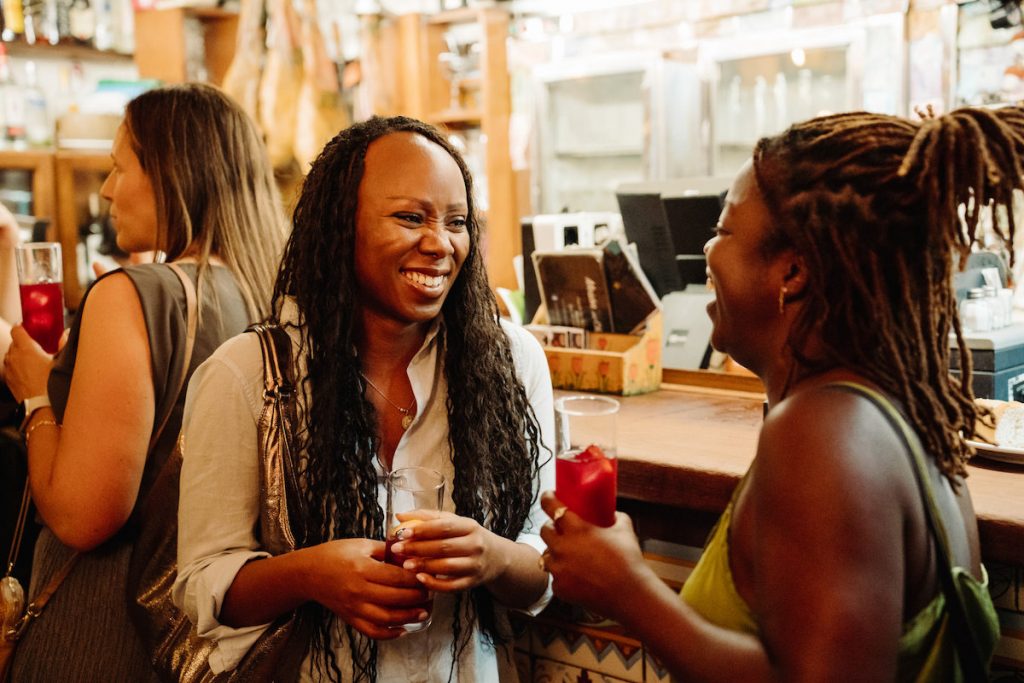
Getting to know the city with the guidance of an expert makes it so much easier.
Understanding Over Tourism in Europe
What Is Over Tourism and Its Impact on European Cities
Over tourism happens when a place gets too many visitors, often in a short time. This results in crowded streets, pollution, and even damage to historic sites. Cities like Barcelona, Venice, and Lisbon face these issues daily. When too many people pack in, locals find it hard to live their normal routines. Natural attractions get worn down, and the charm of the destination can fade away.
Over time, the quality of life declines for residents, shops get overwhelmed, and historic landmarks suffer from wear and tear. For travelers, it means longer lines, noisy streets, and less authentic experiences. Understanding how to be a good tourist can help minimize your impact and ensure that both visitors and locals enjoy these beautiful places.
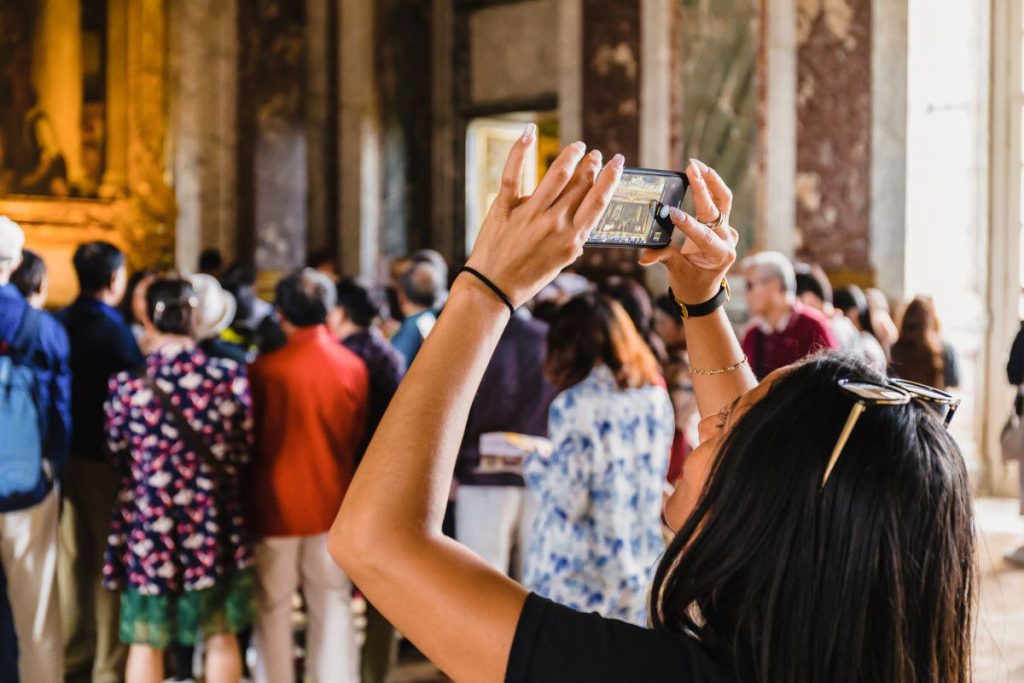
With some minor changes, you can travel more responsibly.
Common Misconceptions and Media Portrayals
Some think Europeans dislike tourists or see them as a problem. But that’s usually not true. Experts agree that most locals welcome visitors. The real issue lies in how tourism is managed — not the travelers themselves.
Many destinations lack the right policies or infrastructure to handle large crowds. The result is frustration, not because people dislike tourists, but because of overcrowding and lousy planning. Be mindful that many locals aren’t angry at tourists but at the systems that let over tourism happen. The more you learn how to be a good tourist, the more you’ll be welcomed and appreciated wherever you go.
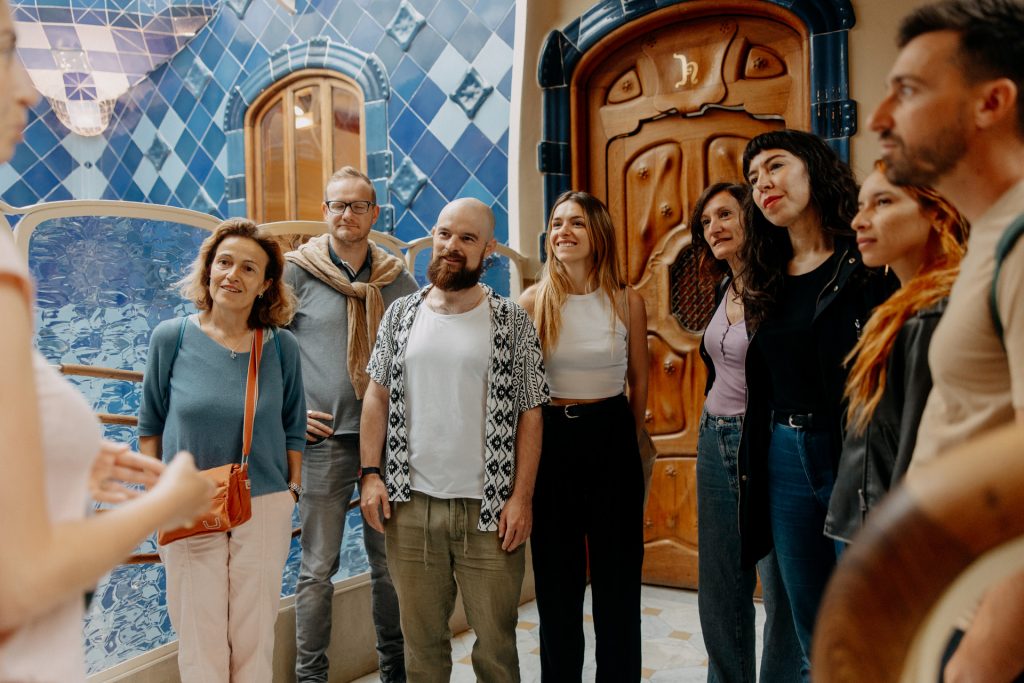
The Role of Policy and Infrastructure
Governments play a big part in how well a city or country manages tourism. Some places have started to limit cruise ships, introduce reservation systems, or close down parts of the city to tourists during peak times. This helps balance visitors and residents. When planning your trip, support destinations that prioritize responsible tourism, and remember that knowing how to be a good tourist means respecting these new guidelines.
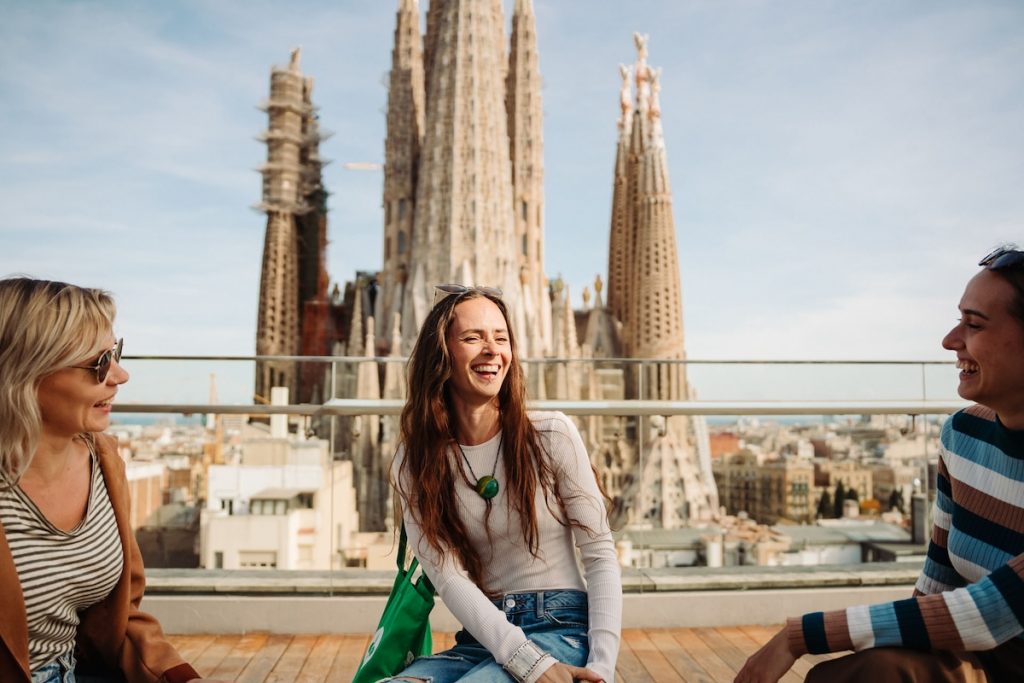
Practical Tips for Traveling Responsibly in Europe
Planning Your Trip with Purpose
Before flying or packing your bags, do some homework. Look for lesser-known neighborhoods, small museums, or hidden parks. Use travel blogs, local tourism boards, and community events for ideas.
Respect local customs, dress modestly if needed, and learn a few words of the local language. Simple gestures like greeting, saying thank you, or asking permission show respect — and are key parts of how to be a good tourist.
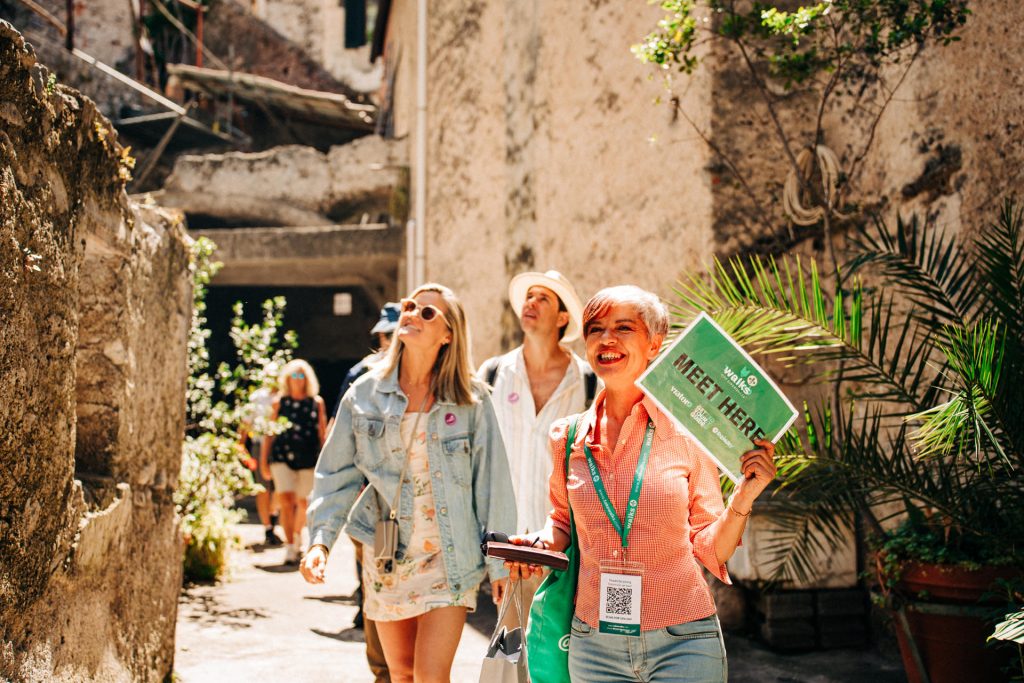
Adopting Sustainable Travel Habits
- Go Slow, Stay Longer: Instead of rushing through multiple cities, spend more days in fewer places. It’s better for the environment and helps you connect deeper with local life.
- Engage with Locals: Strike up conversations with shop owners, ask for restaurant tips, and participate in festivals. Your curiosity supports small businesses and creates authentic memories.
- Support Responsible Businesses: Choose eco-friendly hotels, local markets, and restaurants sourcing ingredients nearby. Avoid places that look overly touristy or try to cater to mass crowds.
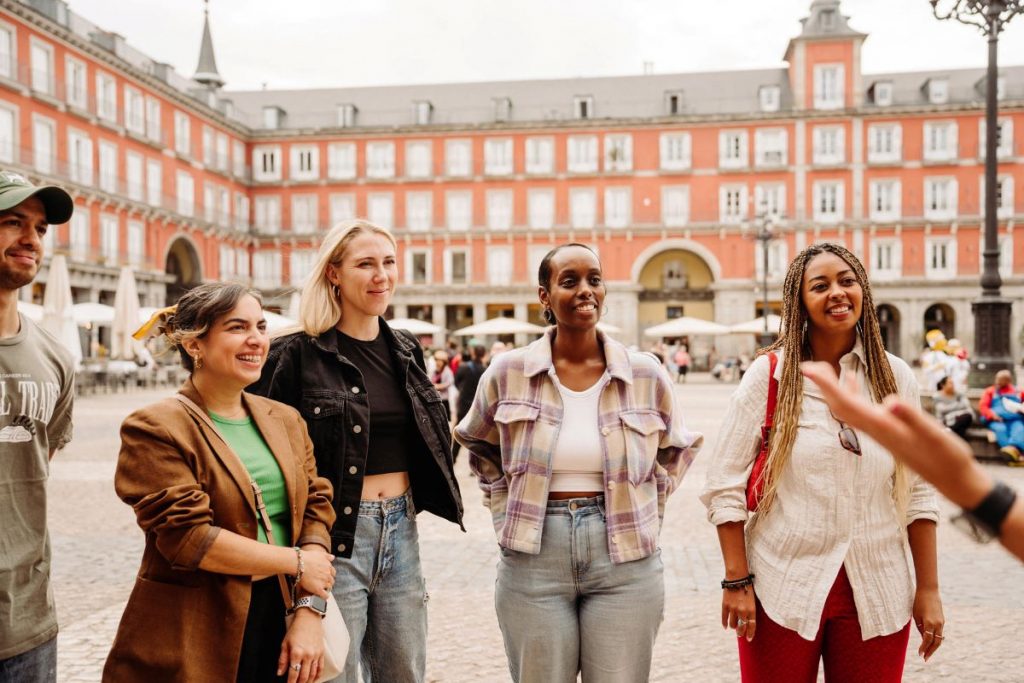
Choosing Authentic Experiences
Look for signs of real local spots: menus written only in the local language, markets filled with regional ingredients, or streets that aren’t lined with gift shops.
Guides, community-run tours, and food experiences—like Devour Tours—can help you explore responsibly. They focus on depth, culture, and supporting local people. These are also great ways to learn how to be a good tourist by connecting with the real heart of a destination.
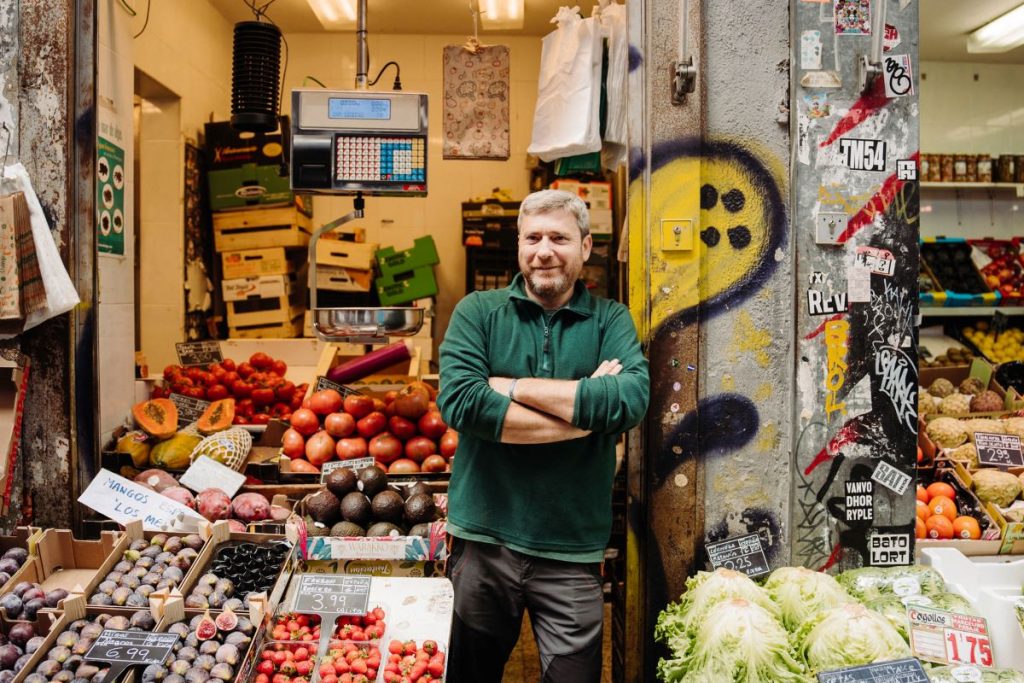
Respectful Visiting of Cultural and Natural Sites
Follow the rules at attractions: don’t take flash photos, stay on marked paths, and stick to designated areas. When possible, visit early mornings or late evenings to beat the crowds.
Instead of visiting only famous landmarks, choose quieter, lesser-known sites to get a more genuine feel for the place. Every site has an interesting story, if you take the time to learn.
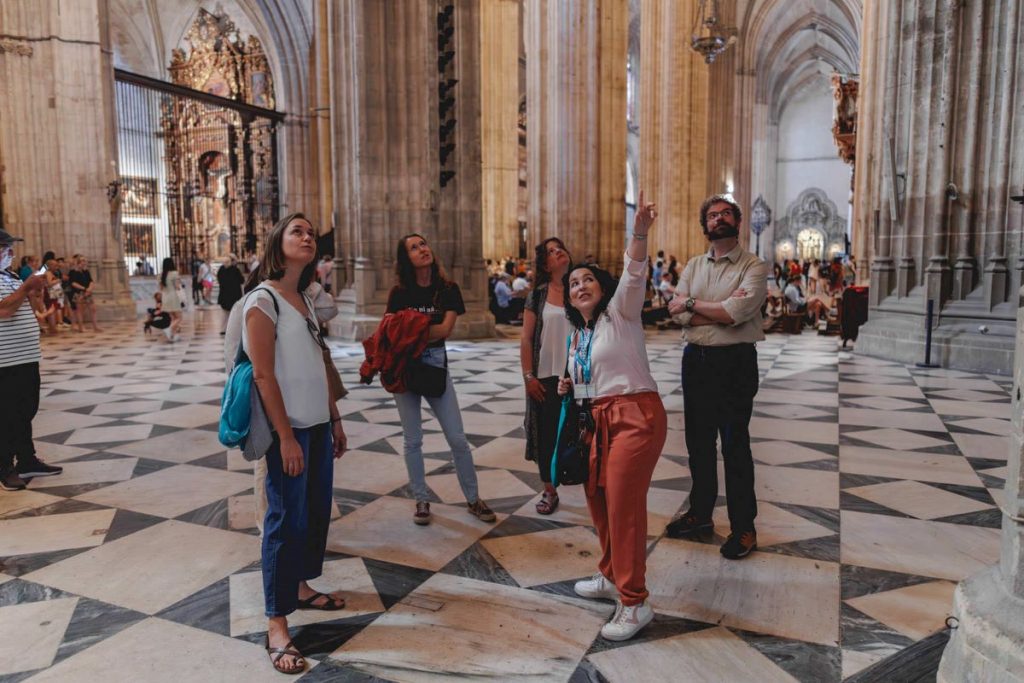
How to Discover Hidden Gems and Local Culture
Finding Local Markets and Food Spots
Markets are full of fresh ingredients and local flavors. Walk through neighborhood markets to see what residents buy and cook.
Avoid tourist traps by choosing restaurants nearby, especially in smaller streets away from main squares. Signs of authentic eateries: menus only in the local language, cash only, or handwritten signs.
Top Tip: Join food tours that support locals, and discover hidden places.
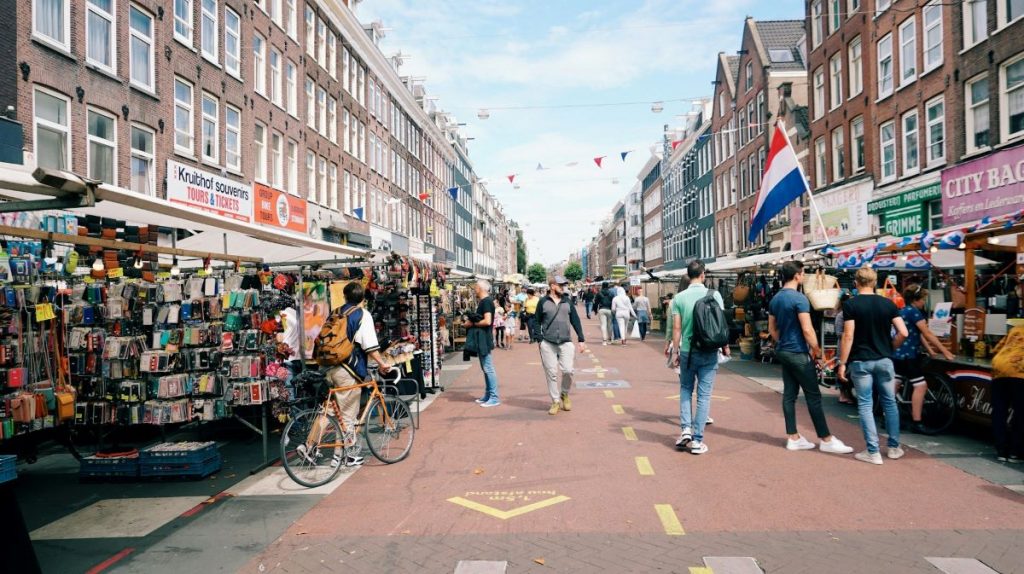
Engaging in Local Festivals and Customs
Participate in local festivals, fairs, or seasonal celebrations. For example, Lisbon’s St. Anthony Festival in June or Spain’s Flamenco shows. These events give you a chance to see traditions firsthand. Always approach with respect and a desire to learn.
Supporting Community-Led and Sustainable Initiatives
Look for tours by local guides that emphasize sustainability. Buy souvenirs from artisans rather than mass-produced items. If interested, volunteer with community projects that promote preservation or local culture.
Learning how to be a good tourist means seeking out these genuine, community-led experiences and making choices that benefit the places you visit — both now and in the future.
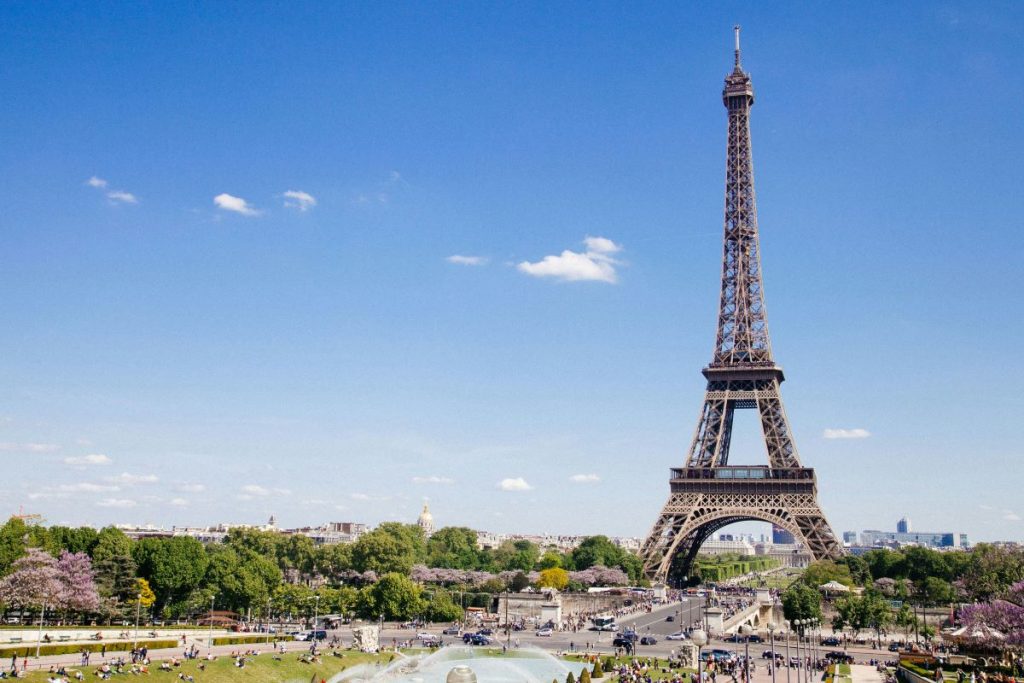
Conclusion
Travel responsibly to keep Europe’s charm alive for future generations. Small changes—like researching ahead, engaging sincerely with locals, and choosing responsible businesses—can create a positive impact. The simple act of learning how to be a good tourist makes you part of the solution, not the problem.
It’s about more than just sightseeing. It’s about making honest connections, respecting communities, and protecting the environment. With thoughtful planning, each trip becomes a contribution to sustainable tourism. We can enjoy Europe’s beauty without overwhelming it.
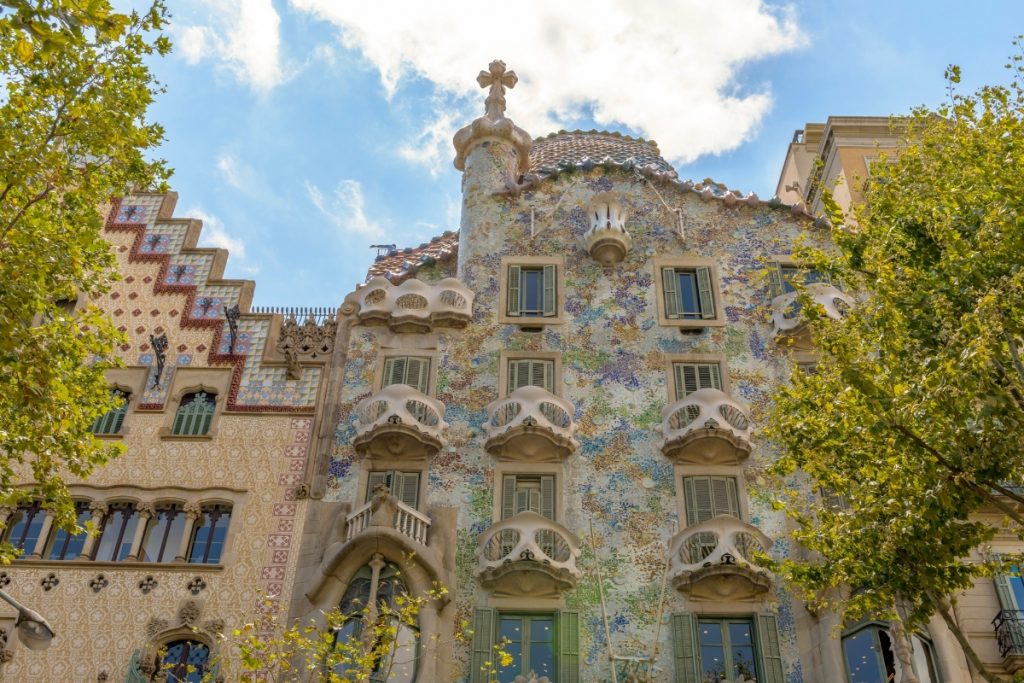
Remember, responsible travel benefits everyone—locals, travelers, and the planet. So next time you explore a new destination, do it with care and purpose. And above all, keep in mind that learning how to be a good tourist is the first step to making travel better for everyone.
Ready to travel smarter and help preserve Europe’s magic? Book a responsible experience at www.takewalks.com/tours today!
